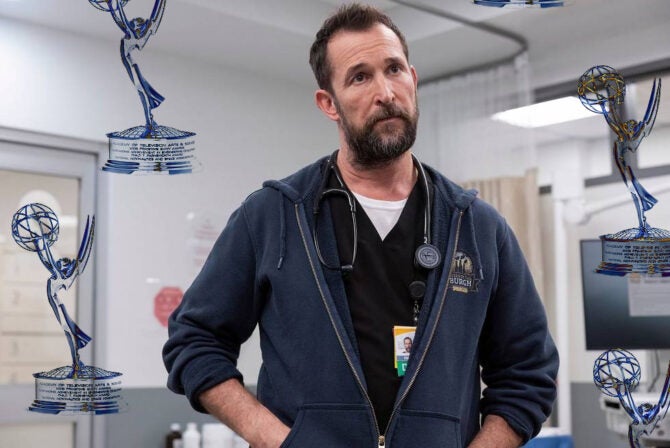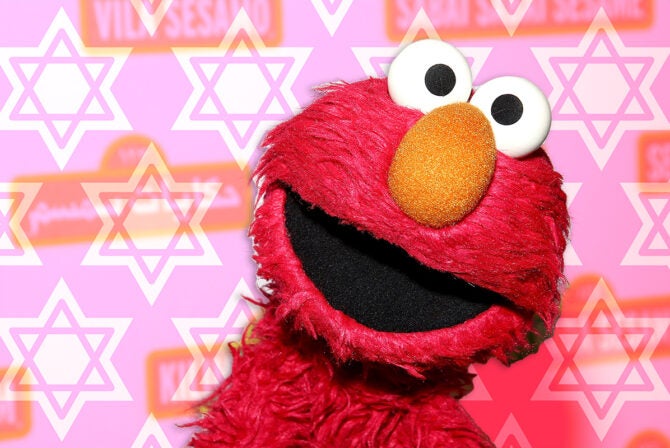I went to see “Inside Out” on Father’s Day with my boys and their father and my mom. I can usually tell if I am going to like a movie by how the preview makes me feel. When I saw the preview for this movie, I got all emotional and started to cry. I knew we had to see it.
“Inside Out” takes us on a journey inside the brain of an athletic and smart 11-year-old girl as her family moves from idyllic Minnesota to bustling San Francisco. The characters in her brain are responsible for managing not only her feelings and behaviors throughout the day, but they are also responsible for converting experiences into memories that are stored in her brain for later recall and reference.
READ: Mayim Bialik–Why My Sons & I Hated “Frozen”
I know that some scientists and psychologists may take issue with this movie’s treatment of memory and life experience as compartmentalized packets of information, but I also know that there were legitimate consultants on this movie who provided sound counsel for this type of understanding of our experience as humans. In particular, this movie reminded me of Jungian psychology, with its boxes and caches of experience and belief being accessed throughout this child’s life.
That being said, you don’t need to care about any of that if you don’t want to. Because this movie is simply beautiful.
The characters in the brain are voiced by excellent actors: Amy Poehler is Joy, Lewis Black is Anger, Bill Hader is Fear (but also anxiety which is a super important thing to take note of in my life), Mindy Kaling is Disgust (including sarcasm which I admit I let rule my conversations too many times), and Phyllis Smith is Sadness. The movie basically follows the child’s exploration of moving, adjusting to a new school, and deciding how and when to try and share her mixed feelings about the move.
READ: Milestone Alert–Mayim Bialik’s Sons Watch Star Wars for the First Time
And that’s where the movie hit home for me: We can have more than one feeling at a time. As a child, I don’t know that that option was open to me. I didn’t understand conflicted feelings; it just felt wrong to have them. I thought I was bad if I felt jealousy or anxiety, and the solution was to try to not feel those things. When I could not achieve that, I felt like a failure. Conversely, I often felt melancholy at happy times and that made me feel like I was malcontent or didn’t “know how” to be happy. I’m not quite sure where those ideas came from, but they are hard to shake.
I took my almost 7 and almost 10-year-old sons to this movie because I don’t want them to feel that they have to feel only one thing. Their dad and I got divorced about three years ago. They had to move into a new house to live with their dad half the week and stay with me half the week. There were so many emotions for them then, and there are even more now. Our house is under construction, I work a lot…it’s always something.
READ: Mayim Bialik’s Tools for Divorce
Even if you aren’t divorced, think about your life and your dreams and the life you try and build for your kids and take them to see this movie. “Inside Out” started so many conversations for our family. We talked about how each of the characters in her brain could run her life into the ground without all of the others—even Joy needs to be tempered with the other emotions. We talked about the kinds of memories we make, and how to hold onto them and understand them in their entirety. We talked about how looking at things only one way isn’t the whole story. But mostly we talked about how it’s OK to have all kinds of feelings.
Wow. What a revelation I hope this can be for my children. Because their lives—every child’s life—is full of yesses and nos, of trade-offs, of compromise. And our brains have ways to help us understand all of that.
It is only by accepting the reality of our lives, however, that I think children and the parents who love them can best understand the complexity of emotions and the changes our lives bring. This movie can assist in starting that conversation and that process.
Watch the trailer for “Inside Out”:







